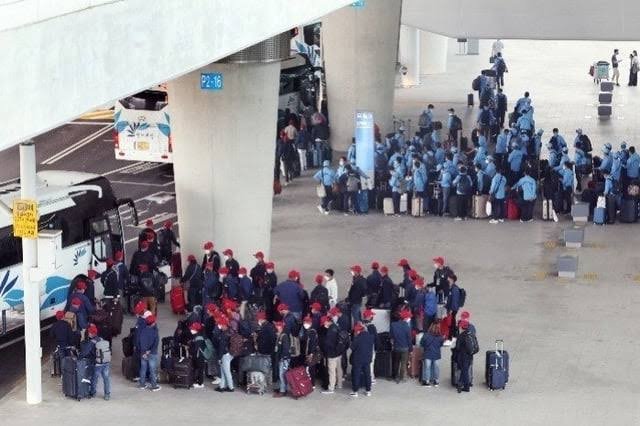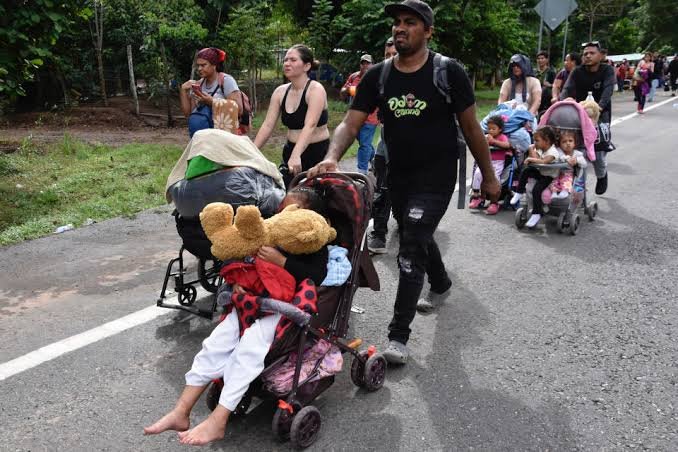Photo credit: Justice for Children
The intricate socio-economic dynamics and effective intervention strategies for street-involved youth in Canada.
Definitions:
In the context of this work, understanding is the empathetic comprehension of other people’s feelings coupled with a spirit of tolerance and forgiveness.
Socio-economic dynamics refer to how social factors like culture, education, and demographics interact with economic factors like income distribution and employment. They shape how individuals and communities function economically.
Intervention strategies are employed for a targeted teaching program in small groups or one-to-one settings. They are designed to address gaps in students’ learning by focusing on specific areas of need.
Street involvement denotes engagement with activities like panhandling, squeegeeing, living rough, and sleeping outdoors in alleys, tents, or encampments.
Youth is the period of someone’s life from childhood to becoming a fully mature adult.
Please note that the age range of youth varies from country to country. For instance, a youth could be between 12 to 19 or, in some cases, 15 to 19.
However, where I come from, a youth is usually thought to be between the ages of 15 and 29. Indeed, when it comes to politics, you shouldn’t be surprised if the youth leader of a political party is in his forties.
Bafana, intombazane!!!
I coined this from the name of the South African football team, Bafana, Bafana, which means the boys, the boys!
Intombazane means a young girl or an unmarried girl.
Youths are at a turning point in their lives. Indeed, every age is a turning point, but becoming a teenager is specifically so.
This is when the children of yesterday realise they are turning into adults. The boys may develop booming voices and grow hair in the unlikeliest places. They start noticing the girls wouldn’t let them be.
The girls, too, will start developing feminine organs, and they will notice it’s as if the boys are seeing them for the first time.
Since we’ve all been teenagers at least once, I don’t think I should emphasize that the boys would have developed spermatozoa and the girls the eggs that may become tiny tots. That, if not well managed, may be a lifelong problem. I’m talking of premature pregnancies, which might lead to babies. That’s where sex education comes in.
Why are street-involved kids just that?
“Homeless youth’, Out-of-the-msainstream youth’, and “street youth” are some terms used to describe a heterogeneous group of young people who live and work on streets of urban centres across Canada. Their actual number is unknown but is estimated to be between 45,000 and 150,000.
They come from various backgrounds, and for different reasons, they are thrown out of their homes or run to inner-city centres in search of identity.
Many of them have suffered emotional, physical and/or sexual trauma or parental neglect during childhood. Others have underlying behavioural, emotional, or mental health problems, which are often undiagnosed and exacerbated by substance misuse that began in early adolescence.
Many become detached from their families, the educational system, and society. They then adopt a street-involved lifestyle that compromises their personal development and physical and mental well-being. Many of them become involved in illicit drug use, survival sex and crime. The result is that they are further alienated socially and legally.
Living on the streets puts them at risk of developing many health problems like STDs and blood-borne infections. For many of them, alcohol and/or drug dependence and mental health problems lead to increased morbidity and premature death.
What can society do to help our tomorrow?
First, society should come together as one entity to solve the challenge. We should recognise that many street youth have a long history of profound personal and family problems that began years before they ended up on the streets.
- We should identify youth at risk of marginalization.
2. We should see to the development of accessible Clinical services for street youth.
3. We should provide alternatives to street life. For instance, in Toronto, we have public libraries with sports facilities. If a youth is going for something other than academics, they may as well develop their sporting prowess.
4. A healthy community life should be encouraged. This will be of many benefits.
Reference: National Library of Medicine







